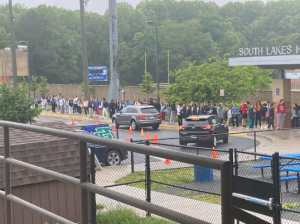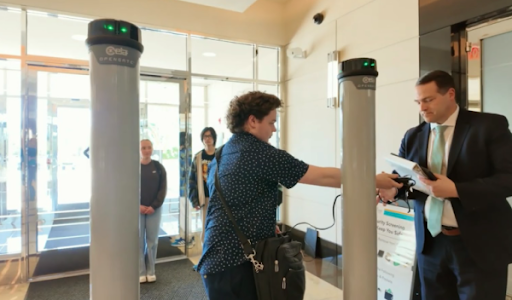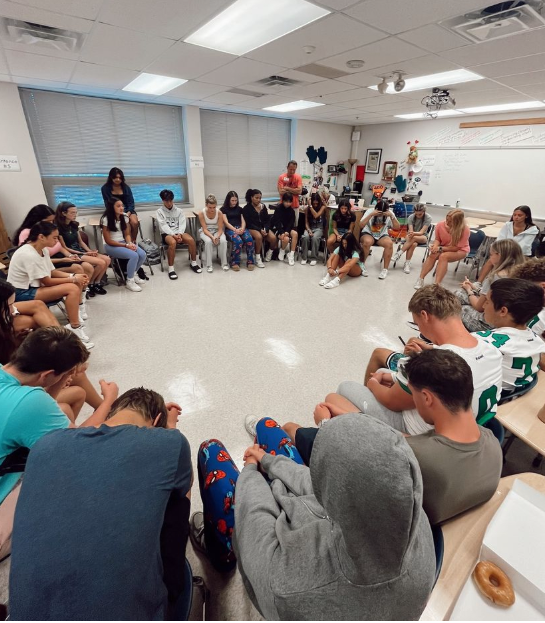Before 1991, the birth year of the World Wide Web, the word “bullying” brought forth images of physical confrontation. Stereotypical thoughts of wedgies and catty comments from mean girls summarized what students and parents alike associated with bullying. There was always a face to put with the action. You knew your queen bee such as “Mean Girls’” Regina George or a school yard bully like the “Simpsons’” Nelson Muntz.
In 1991, the World Wide Web changed the interaction between kids forever.
As the creation of social media sites provided teenagers with a means to connect, it also presented the opportunity to electronically attack another, generating the foundation for what has now come to be known as cyber bullying.
Cyber bullying occurs when a child, pre-teen, or teen is threatened, humiliated, or harassed through the use of Internet or over a mobile device. Advances in technology have extended the feeding time for bullies from just during school hours to any time, any day.
“It makes bullying really easy because you can access virtually anyone,” said school psychologist Rebecca Caldwell. “Kids wouldn’t be saying some of the things they do to someone’s face as they do through the Internet because they feel more empowered behind a computer screen.”
Cyber bullying has been a target of both schools and the media alike in order to shed light on the problematic issue.
The high profile suicides of 15-year-old Phoebe Prince, who was cyber bullied through non-stop text messages and harassment on Facebook, and 13-year-old Megan Meier, who took her life after being harassed by a neighbor posing as a 16-year-old boy, showcase the media’s frenzy for this seeming unstoppable form of bullying.
According to Bullying Statistics, over half of adolescents and teens have been bullied online, and about the same have engaged in cyber bullying.
South Lakes appears to be no exception.
Recently on Twitter, an anonymous account, @SLHS_ROLLERS, was created where specific girls were called negative names in the tweets.
Despite not knowing the identity of its creator, many students have strong, and varying responses to it.
“I thought it was funny in the beginning,” said junior Alex Dilldine. “But things went too far and people got offended.”
As a result, students took screen shots of the tweets on their smart phones or computers and turned them in to school authorities.
“When someone comes to us with evidence we take it very seriously and try to look into it as far as we can to find whoever is responsible,” said security specialist Brian Elliott. “It was difficult in this case because the creator of the account was anonymous. We can’t call Twitter up and say ‘Hey, who’s responsible for this account?’”
Challenged with an anonymous perpetrator, school authorities were faced with little options until a few students came forward with specific information.
Dilldine, who tweeted at the account, was one of multiple students pulled in for questioning by the administration in relation to the event.
“We had some brave students come forward with specific information that led us to finding the person responsible,” said Elliott. “And through this information we were also able to find out about the other accounts such as the guy problems and girl problems.”
The accounts Elliott refers to are two anonymous Twitter accounts that tweet insults about South Lakes students of the opposite gender. So far, there is not enough information for school authorities to find the culprit.
“I would say if you had information that would help us find whoever is responsible they need to come forward,” said Elliot.
“Generally kids don’t like to come forward with information because they’re afraid, but they need to know it’s not snitching. It’s doing the right thing.”
As reported by Enough is Enough’s Internet Safety 101, 90% of social media-using teens who have witnessed online cruelty say they ignore the mean behavior.
“I think kids tend to take the bystander approach where they think someone else will do something or are afraid of social repercussions,” said Caldwell. “It’s not uncommon that kids sometimes don’t have strong enough egos to stand up for what they believe in.”
It is not only authorities kids aren’t talking to. Statistics from the Hartford County Examiner show that for as many kids being cyber-bullied, only one out of ten reports it to his or her parents.
“It’s really kind of scary,” said Caldwell, “because parents don’t monitor it very well and this issue with bullying through social media is so much more prevalent in schools.”
FCPS recognizes this issue and has taken measures to find solutions. South Lakes in particular set up classroom counselor visits to discuss cyber bullying.
“I feel as though you’re going to see cyber bullying at whatever school you go to,” said senior Alex Humphries. “But it’s been pretty bad here lately.”
School Resource Officer Scott Bacon, who was part of the rollers investigation, said the only way to get cyber bullying to stop is to not participate, a sentiment which students appear to agree with.
“Cyber bullying has been intense here,” said sophomore Kevin Scully. “I think people need to just step up and lead our school to be bully free.”













